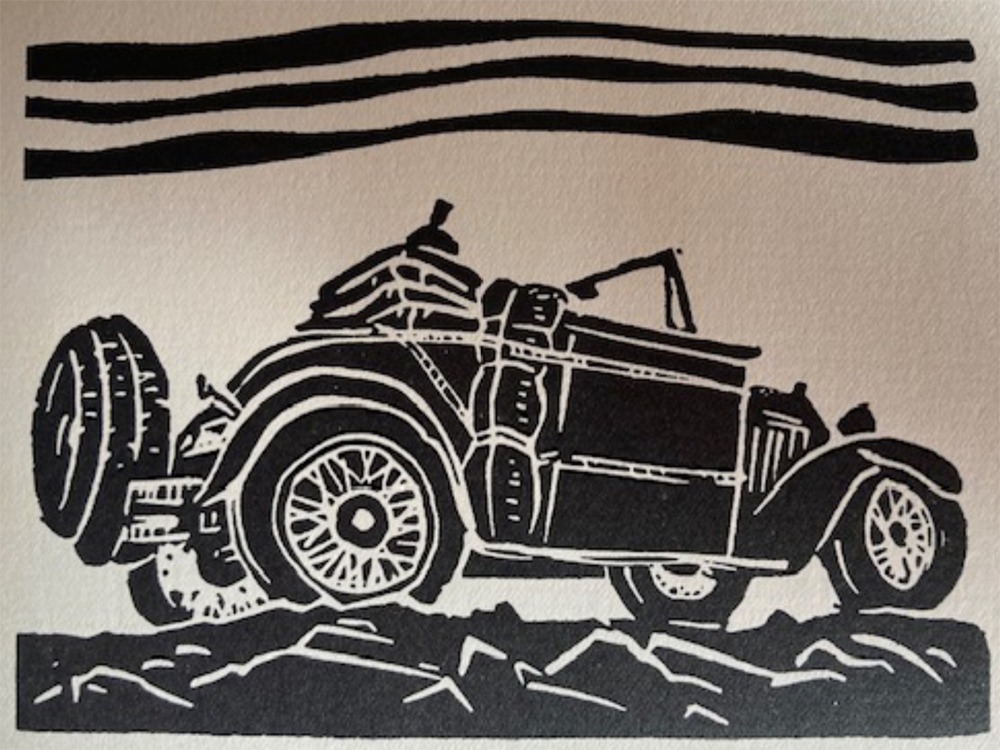 Español
Español
November 3, 2024
by Philip Gambone
In 1934, along with Heath Bowman, his fellow Princeton classmate, Stirling Dickinson set out to explore Mexico for the first time. Their six-month odyssey took them through 18 states. The two young men, both in their mid-twenties, visited dozens of cities, towns and hamlets. A year later, they published Mexican Odyssey, a delightful, intelligent, and remarkably cliché-free account about their youthful adventure. The text was largely written by Bowman. Dickinson contributed the book's many handsome, linoleum-block illustrations.
José Mojica, an opera and film star of the period, who later introduced Bowman and Dickinson to San Miguel de Allende, provided a foreword to the book. In it he wrote: "As a Mexican artist who wishes his country to be admired and appreciated as well as criticized, to be known to the rest of the world for its real merits or its shortcomings, I feel that this 'Mexican Odyssey' is a most honest and sincere description of the country of which it treats." He deemed it "the best book I have read about my country."
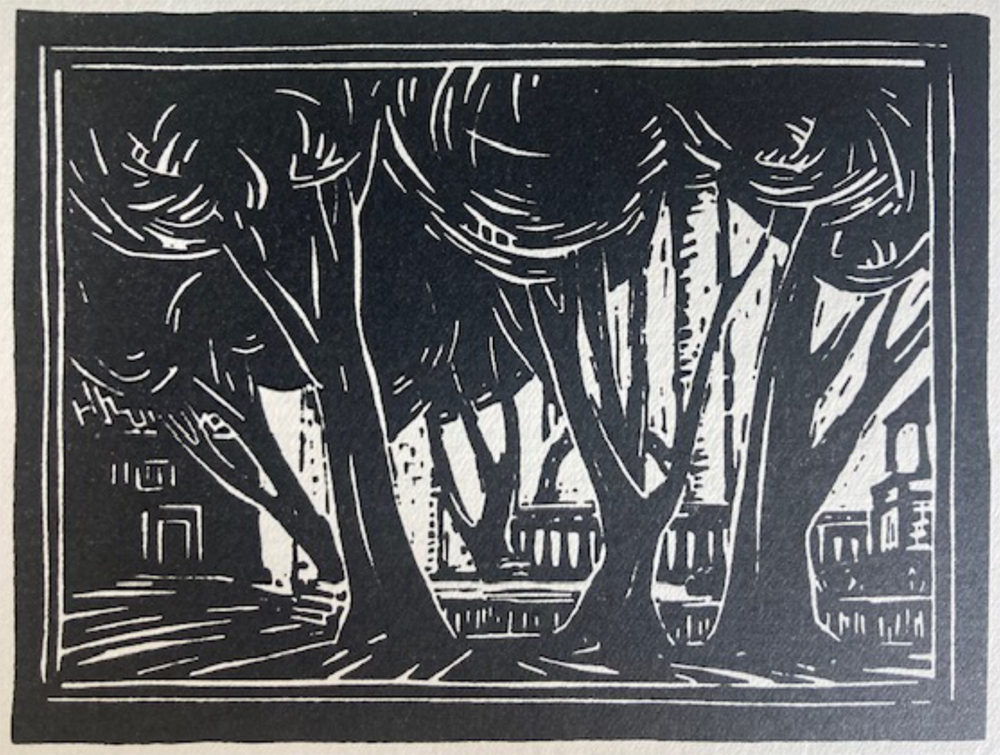
Dickinson and Bowman made their journey in a rickety 1929 Ford named "Daisy," to whom the book is dedicated. In fact, Daisy became the third character in their odyssey, a companion upon whom they heaped much affection despite her shortcomings. Her headlights were feeble, her speedometer broken. She had a tendency to overheat. But with a monkey wrench and a screwdriver, Dickinson kept her going.
When the book opens, the two intrepid young adventurers are standing at a Mexican customs house on the border with the United States. "How strange," they wrote, "that by the simple procedure of crossing the Rio Grande, by exchanging the name Laredo for Nuevo Laredo, we should suddenly be subjected to such a new set of experiences. It is the quickest transformation you will find anywhere in the world!"
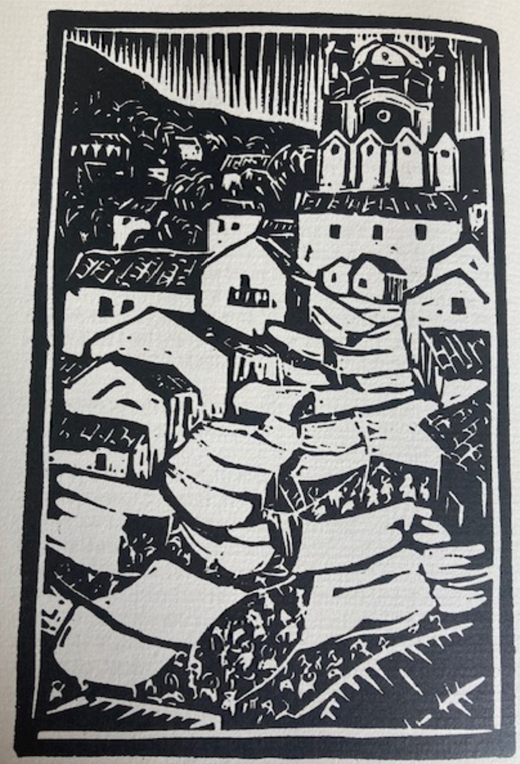
They took the new Pan-American highway, but after five hundred miles, the road became "far from good." It was November and, as they approached Tamazunchale, the persistent autumn rains were "quite remarkable." To their eyes, the "Chinese quality of the setting" was noteworthy: "the mountains fading back into the haze, the foreground strong and black against the mist, silhouettes of exotic forms on every side."
The Chinese aura quickly gave way to Mexican realities: pigs and chickens lingering around the doors of thatched huts, mothers grinding maize for tortillas, friendly mestizos in sombreros, muddy roads that were not much better than burro trails, precipitous climbs and drops. Daisy averaged seven miles an hour.

Undaunted, they threw themselves wholeheartedly into all manner of exploration. Nothing seems to have intimidated them. In one town, where there is no hotel, the mayor puts them up. "The beds are typically Mexican, which means they are comfortable—all but the pillows. Rocks are less hard."
The smallest details pique their indefatigable curiosity: townspeople baking bread in a community oven; a chiropractor with brass knuckles; the abarrotes or "notions" shops; an earnest if inexperienced band with "dubious practice notes we have heard before"; a soccer match in which Dickinson takes part; the magenta color of the bougainvillea; the evening paseo—"the men circling around the walk in one direction, the women in the other." When Dickinson takes out his art supplies and starts sketching, he draws a large crowd. Even the soccer players wander over to take a look, "noting perhaps that easel legs resemble goal posts."

They are careful to avoid generalities: "Each town is different, each has its own kind of plaza, its own configuration of houses and market place, uniquely its own." At the same time, they recognize an essential characteristic shared by most of the Mexicans they meet: "the clean, well-defined simplicity of the life and customs here, of a place untouched by new devices, by machines and complications. No romantic, back-to-nature nonsense, no Utopia, no noble savages. But honest people, living off the black soil, breaking their backs at the plow and sleeping at night on their straw petates laid on dirt floors. Yet finding time to sing, to play soccer and basketball, to get perhaps immorally but gloriously drunk on pulque and tequila."
Not everything strikes their fancy. Cuernavaca is "the most tasteless town in all Mexico … plain, unadulterated Hollywood." Acapulco, while "enough to take your breath away,' is fast becoming a tourist-infested Mexican Riviera. In Mexico City, the Palace of Fine Arts "strikes them as a "monstrosity." Chapultepec Castle, with its "cold and austere classicism," is "disappointing." And the quality of Rivera's murals, which they examine at the Secretariat of Education, is "uneven." Nor are they above poking fun at bewildered tourists who aren't sure "what to think of it all." Happily, they take time for the city's smaller, quieter pleasures: carved oak doors, wrought-iron grills. After the peacefulness of the countryside, the great city offers "more pieces fitting into our jig-saw puzzle of an amazing country."
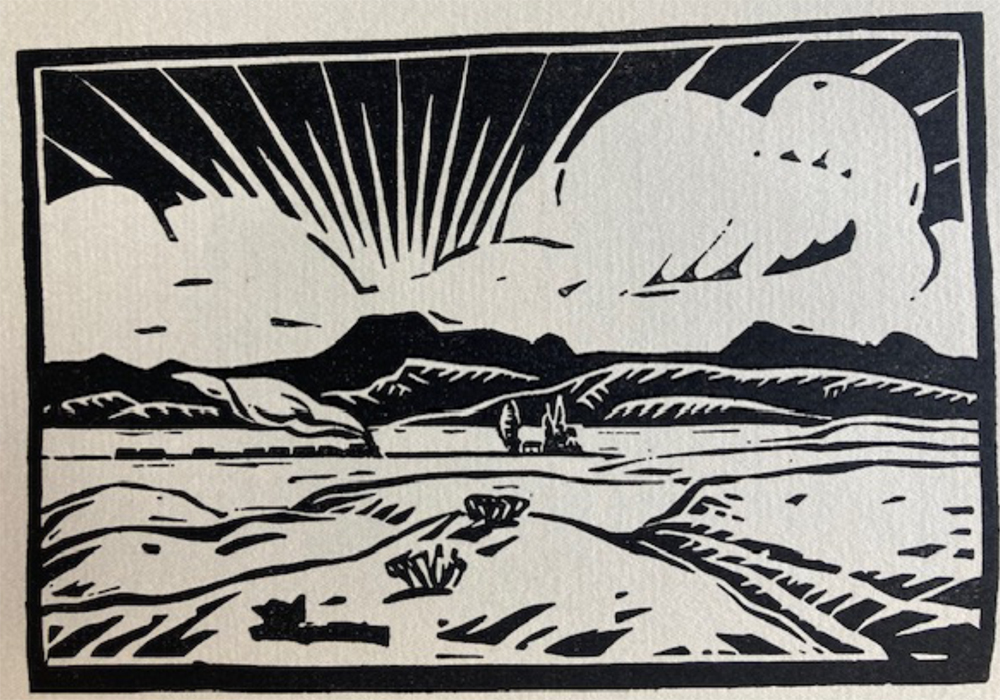
At Pie de la Cuesta, they stay with an American friend, Ben Todd. Here, every morning, Dickinson goes off to paint. He has to contend with robber crabs, who live up to their name by trying to drag away his paint tubes and brushes. The jungle is thick. They spot "some small reproduction of a prehistoric animal," and learn it is an iguana, "the mice of the tropics." The female, easier to catch, "makes very good eating," Bowman writes. Dickinson is tempted to shoot some of the birds they see—mud hens, pichichi, and Jesus Christ birds, so called because they seem to walk on water as they start to fly. By sunset, he has bagged quite a collection.
They spend another month visiting craft-towns, including Tixtla, famous for its masks, and Chilapa, known for its rebozos. In Oaxaca, Dickinson buys a serape for nine pesos. In Texcoco, with its beautiful churches, they find even more stunning serapes: "This was art, these people remembered their Toltec ancestors." They sadly opine that one day these craftspeople will lose their businesses to the mass-production of factories. And of course, they cannot bypass Teotihuacán: "Nowhere else in Mexico can you catch such a feeling for the grandeur of earlier peoples."
Frequently, the boys have to rough it. Dickinson grows a beard; they swim naked in rivers; the price they pay for accommodations is "practically charity." No matter the circumstances, they meet every situation with good cheer and a willingness to go with the punches. "For every American luxury, there was a solid Mexican satisfaction as the equivalent.… The annoyances were only funny now. We had lived through them, and they added spice."
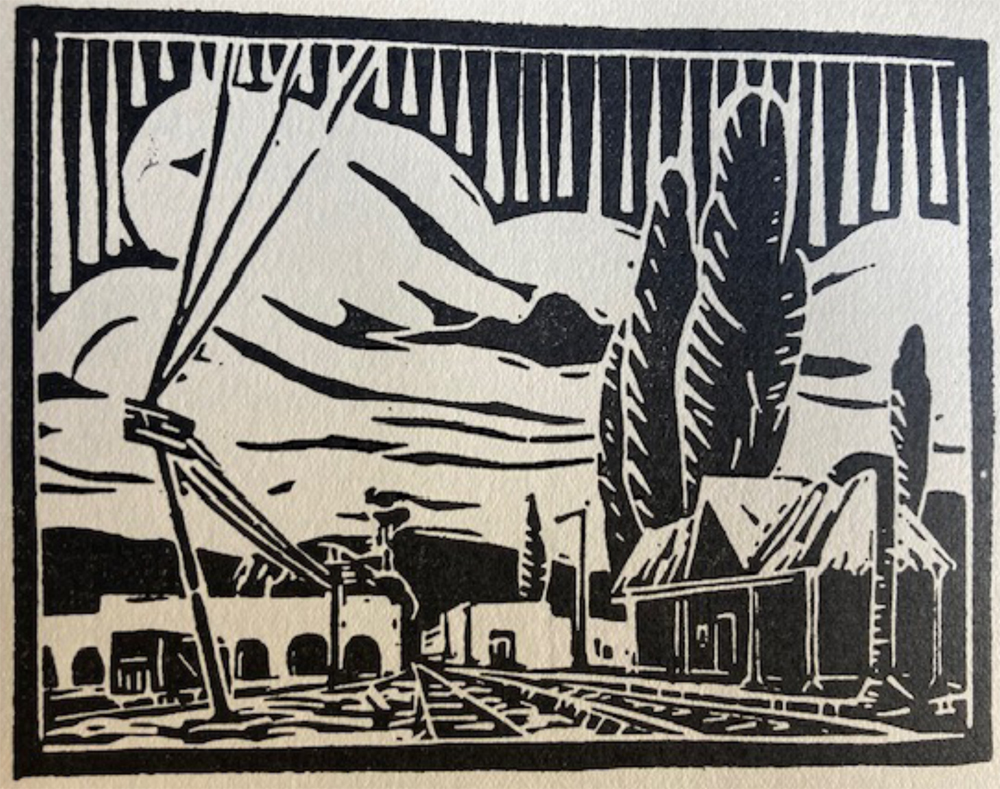
They meet lots of people on their half-year journey, Mexicans and expats. In their experience, the Mexicans often come out ahead. They have fun sending up American tourists including Mona, who cries over "the passing of the good old days in Taxco, when just the two or three or four of them used to gather around, and the Mexicans didn't try to gyp you and life was wonderful." And then they add: "Despite her mourning, she has Americanized Taxco more than could a thousand tourists."
Time and again, they acknowledge that their judgments and personal beliefs must give way to what Mexicans themselves feel about their culture (an attitude much to be recommended). While, for example, a bullfight that they attend is "strange to our northern eyes," they acknowledge that it is "above all an artistic performance, and you must be imbued with a feeling, with a point of view which is akin to the Latins, before you will appreciate the corrida."

As they begin their return to the United States, they are awestruck by the immensity and wildness of Mexico's northern states: "like going back to frontier days." By now, Daisy begins to show signs of slowing down. When her leaky radiator runs out of water, they pour a demijohn of red wine into her. Chugging along, they pass through Guanajuato and towns close to San Miguel, which they did not see on this trip. But close by, in Celaya, they remark on "an interesting variation of traditional church architecture, that is, the graceful bell towers of the 18th-century architect Francisco Tresguerras.
The intrepid duo pushes ever northward, laughing at themselves for not knowing how long a league is ("a kilometer, or a mile?") and discovering the uselessness of maps in Mexico. At Ahumada, they stop for a last drink and spend their final night sleeping in a ditch, wrapped in serapes. "The great disappointment of our trip," they write on the final page, "was that we never saw a bandit."
As the book draws to a close and they begin to sum up their experience, they write that they "came to believe in Mexico," adding that this belief is not a romantic attitude. "Admittedly, our judgement was swayed by her spectacular scenery, her riotous color, her cheap living—but these elements were a part of her, and should be considered. We knew Mexico had her faults, right enough; but the emphasis had been on that side, and we had reacted. The Republic is still subservient to northern ideas, northern machine-civilization. But there is only one way to solve her problem: her own way. Not the Spanish way, nor the North American."

Mexican Odyssey is saturated with youthfully infectious enthusiasm. Reading this charming book, written ninety years ago, one catches the spirit of happy discovery and rollicking good cheer that these two young men brought with them on their trek. "One could go on living here for ages," they write. "The sort of place where you could not grow old, but simply wiser, with the slow absorption of the sun tanning your bodies."
Bowman and Dickinson soon returned to Mexico, and this time visited San Miguel de Allende, where they eventually built a home together. They co-wrote two more books, after which Bowman permanently left San Miguel. He married and became a foreign Service officer, variously stationed in Chile, Rome, Paris, Yugoslavia, and India.
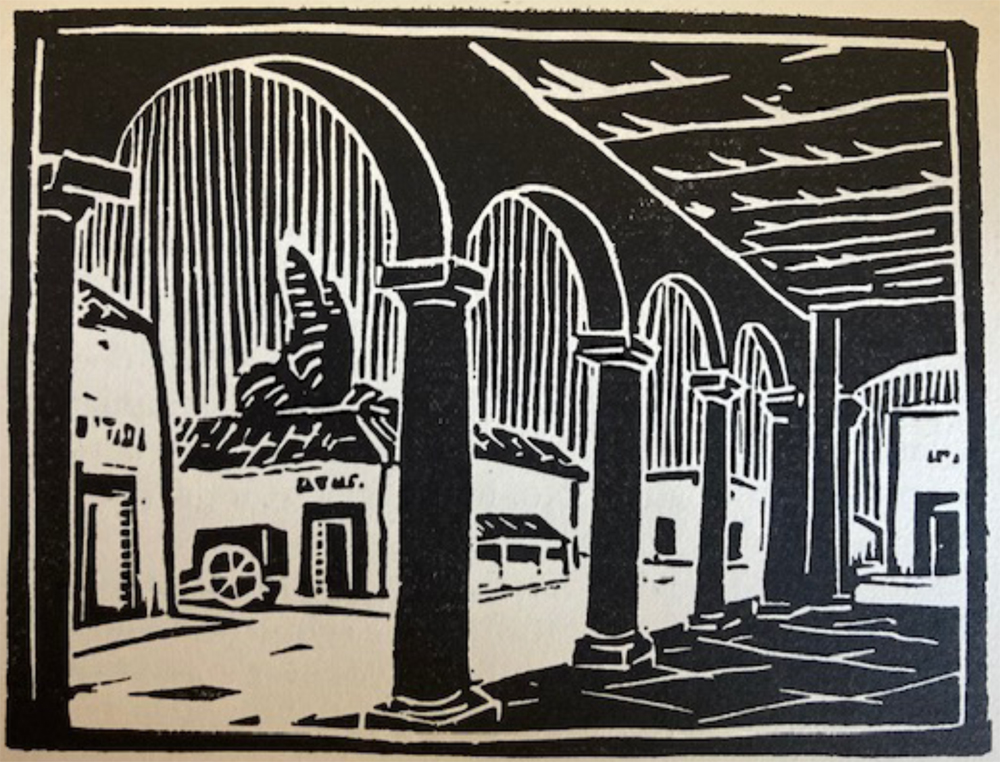
Dickinson, on the other hand, stayed on. I'd like to think that a few sentences toward the end of Mexican Odyssey were penned by him: "Five and a half months is not an endless time, not time enough to see a quarter of what we should have liked to see…. Yet we felt at home now, it would be strange going back to American ways; we had lost too many convenient, complaisant prejudices."
Dickinson lived by those words. As many readers of this column know, he remained here the rest of his life, becoming one of the city's most enthusiastic and energetic ex-patriate residents, helping to start and direct two art schools as well as lending substantial support to many other endeavors. Read Mexican Odyssey—copies are available from used book sites on the Internet—to learn how his deep love affair with this country all began.
**************
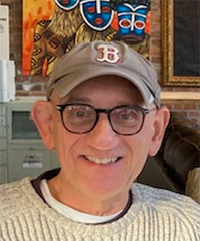
Philip Gambone, a retired high school English teacher, also taught creative and expository writing at Harvard for twenty-eight years. He is the author of six books, including As Far As I Can Tell: Finding My Father in World War II, which was named one of the Best Books of 2020 by the Boston Globe. His new collection of short stories, Zigzag, has just been published by Rattling Good Yarn Press and is available on Amazon and at the Biblioteca bookshop.
**************
*****
Please contribute to Lokkal,
SMA's online collective:
 ***
***
Discover Lokkal:
Watch the two-minute video below.
Then, just below that, scroll down SMA's Community Wall.
Mission

Visit SMA's Social Network
Contact / Contactar

